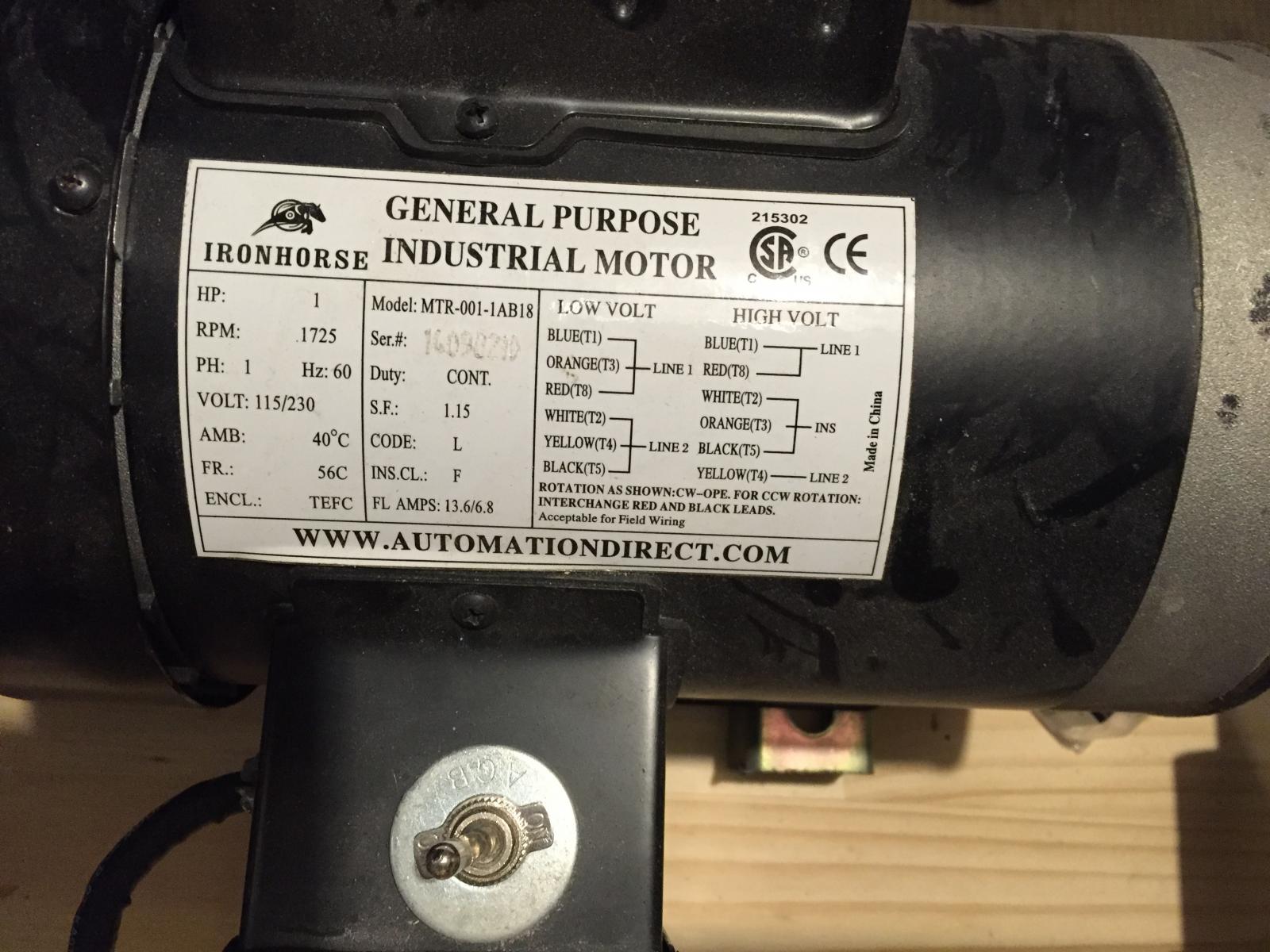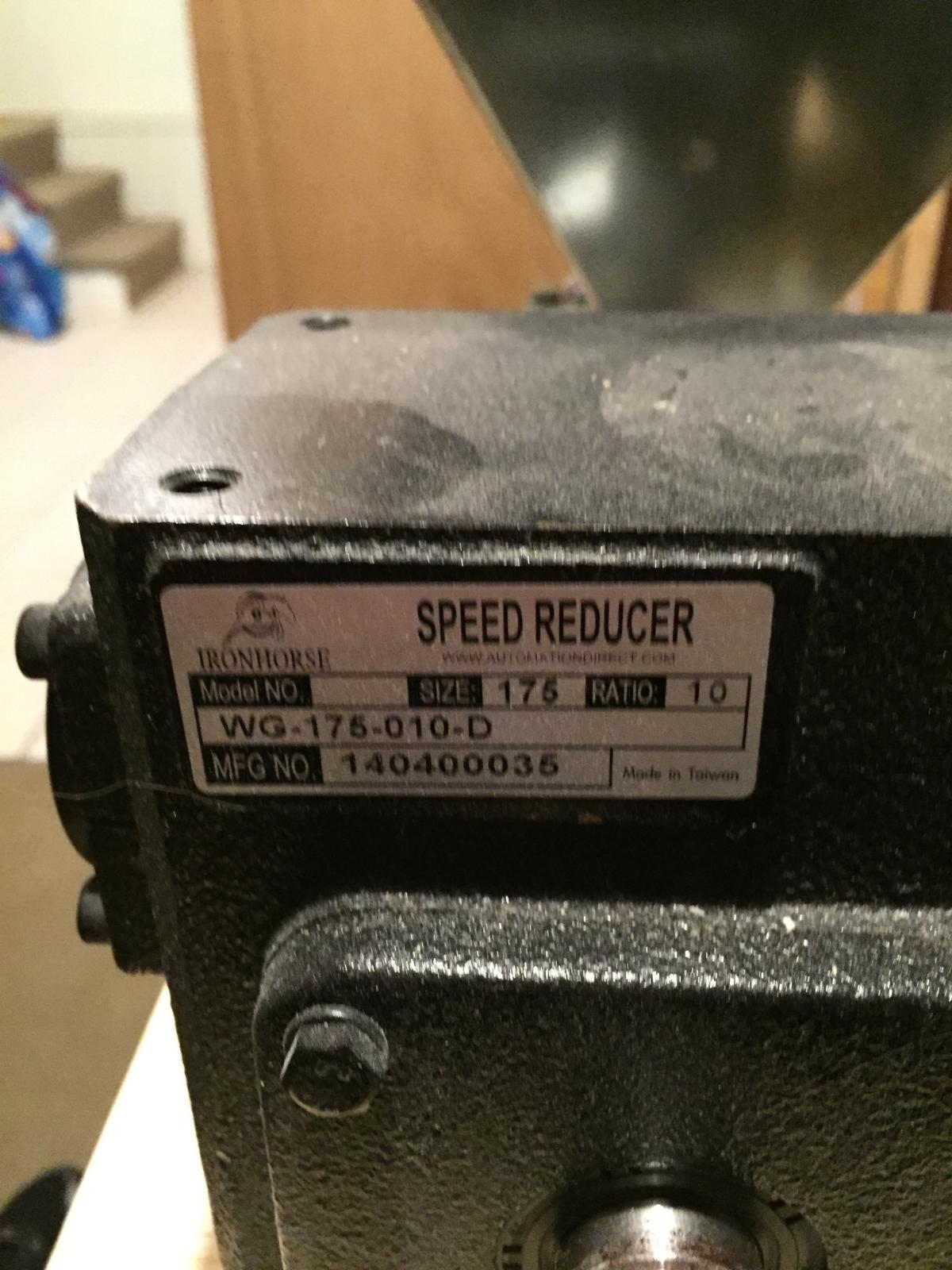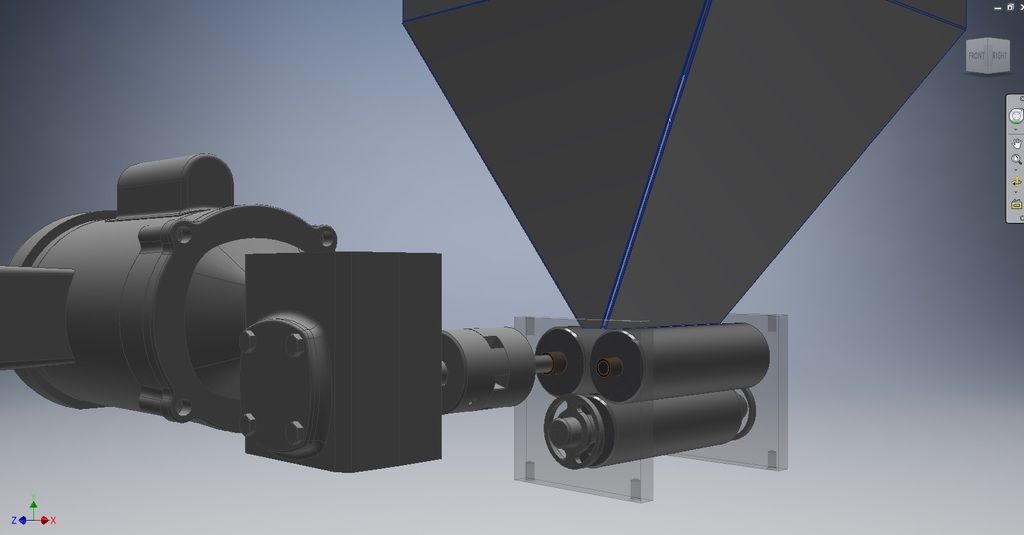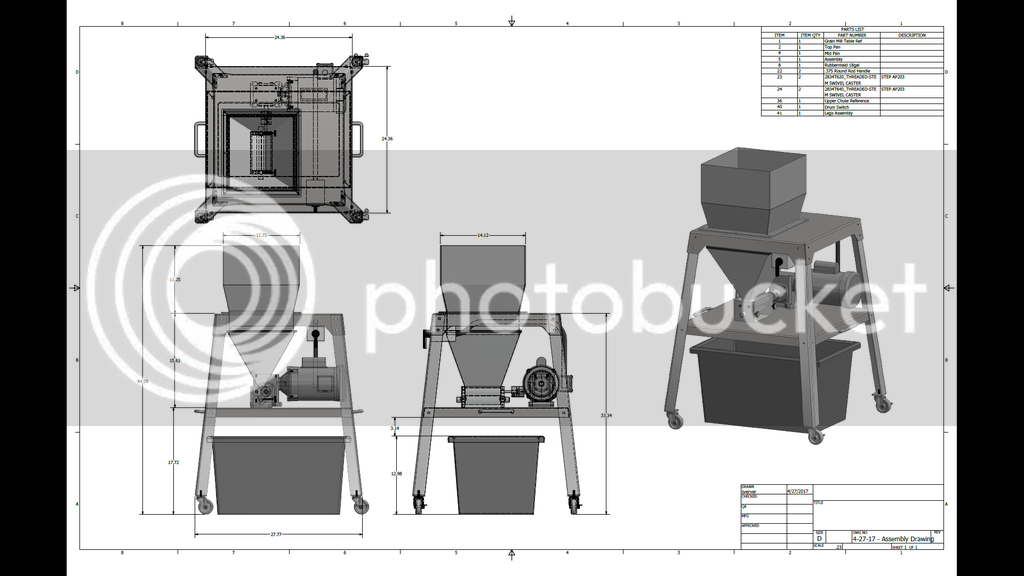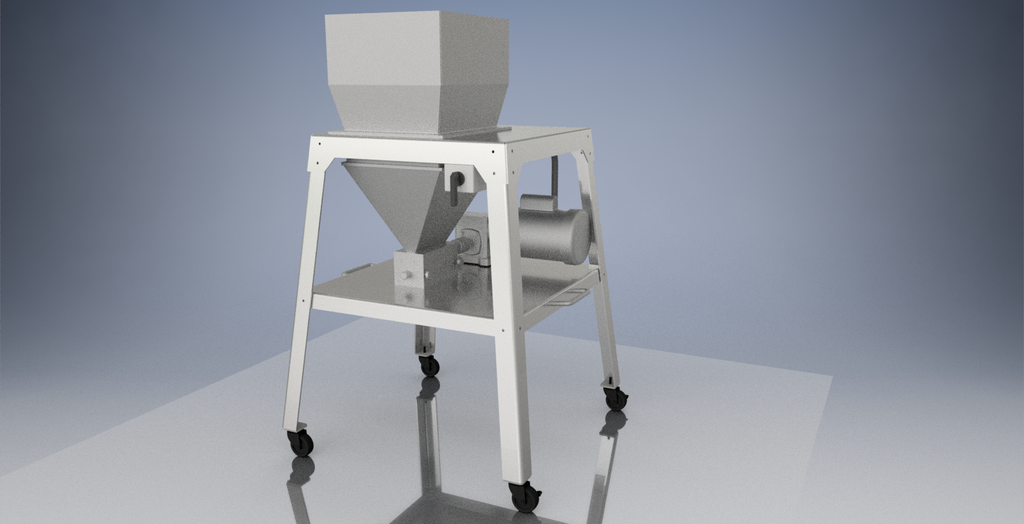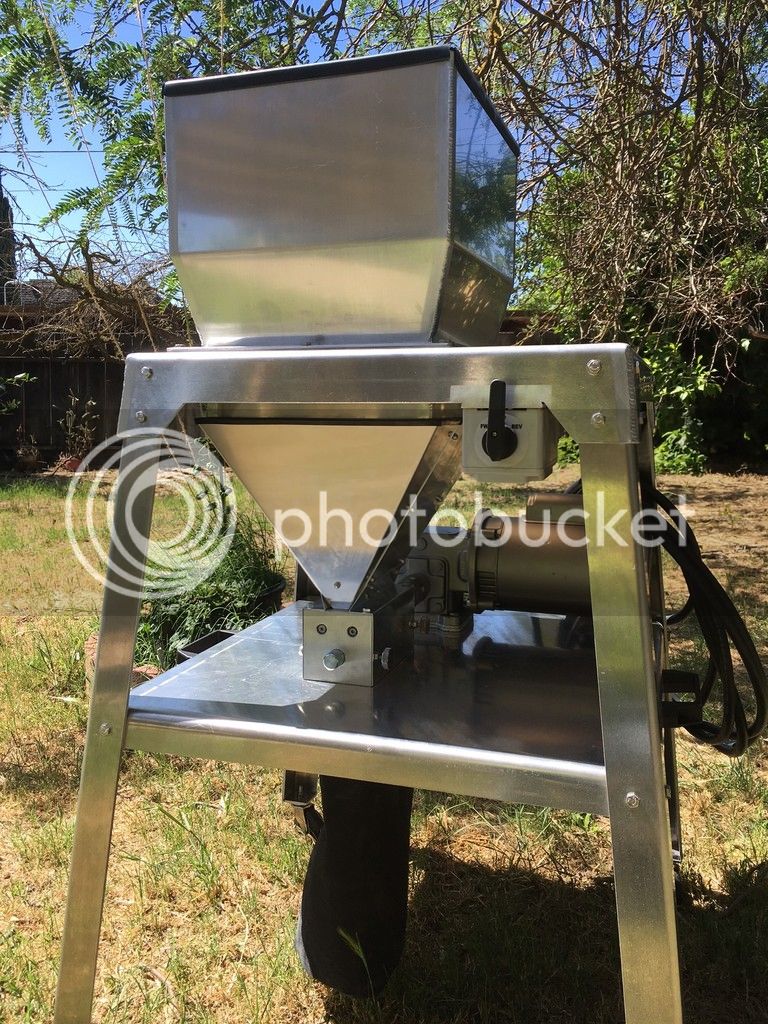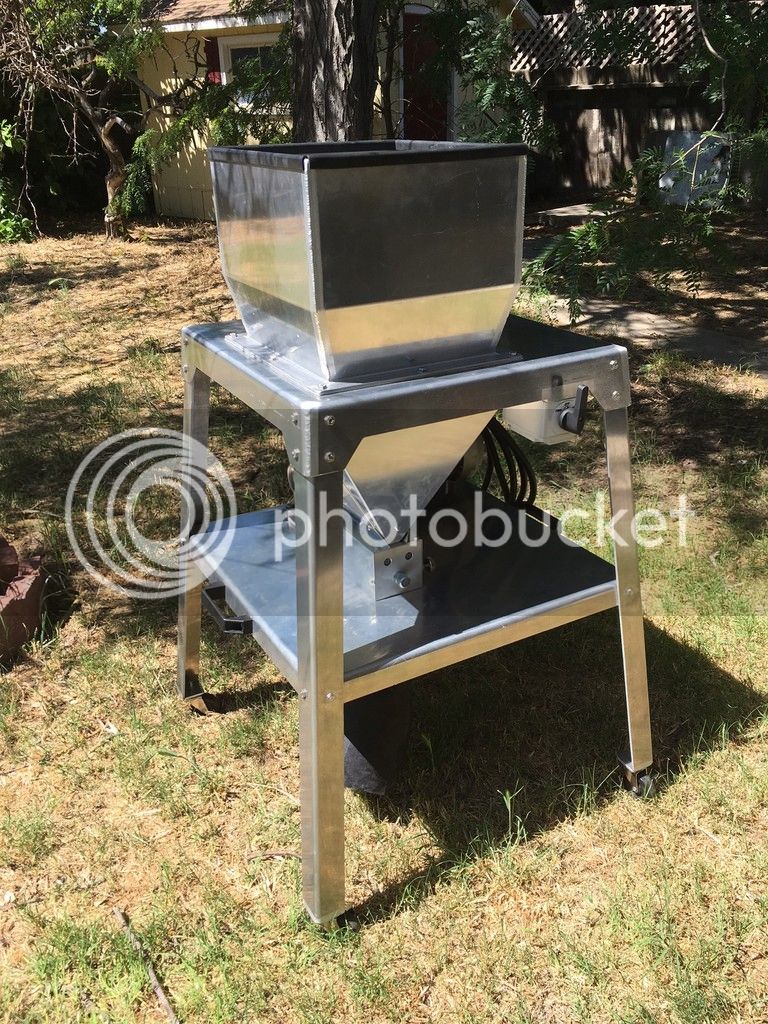aeviaanah
Well-Known Member
- Joined
- Jul 1, 2012
- Messages
- 1,686
- Reaction score
- 217
I'm currently designing a motorized grain mill. Ill be cloning the Monster Mill 3 Pro. 3 of 2" Diameter knurled rollers. I am curious as to if the components I have will work. This is what I have on hand.
-1/4HP Motor 1725 RPM
-30:1 Gearbox
-235in lbs output torque
Not sure if I should proceed with this equipment or not.
Still need to figure out sprockets/pulleys to get this thing to spin 100-150rpm. Currently with a 1:1 ratio the mill will turn at 58 rpm. Thinking about adding a larger sprocket off the gear box and smaller on the mill to speed it up. I don't mind not being able to crush at a fast rate (ideally 150-200??). Maybe 1:2 or 1:3 ratio?
I can adjust the roller diameter if that would help with what I have.
Less rpm would be better for such a low hp/torque motor right?
-1/4HP Motor 1725 RPM
-30:1 Gearbox
-235in lbs output torque
Not sure if I should proceed with this equipment or not.
Still need to figure out sprockets/pulleys to get this thing to spin 100-150rpm. Currently with a 1:1 ratio the mill will turn at 58 rpm. Thinking about adding a larger sprocket off the gear box and smaller on the mill to speed it up. I don't mind not being able to crush at a fast rate (ideally 150-200??). Maybe 1:2 or 1:3 ratio?
I can adjust the roller diameter if that would help with what I have.
Less rpm would be better for such a low hp/torque motor right?




